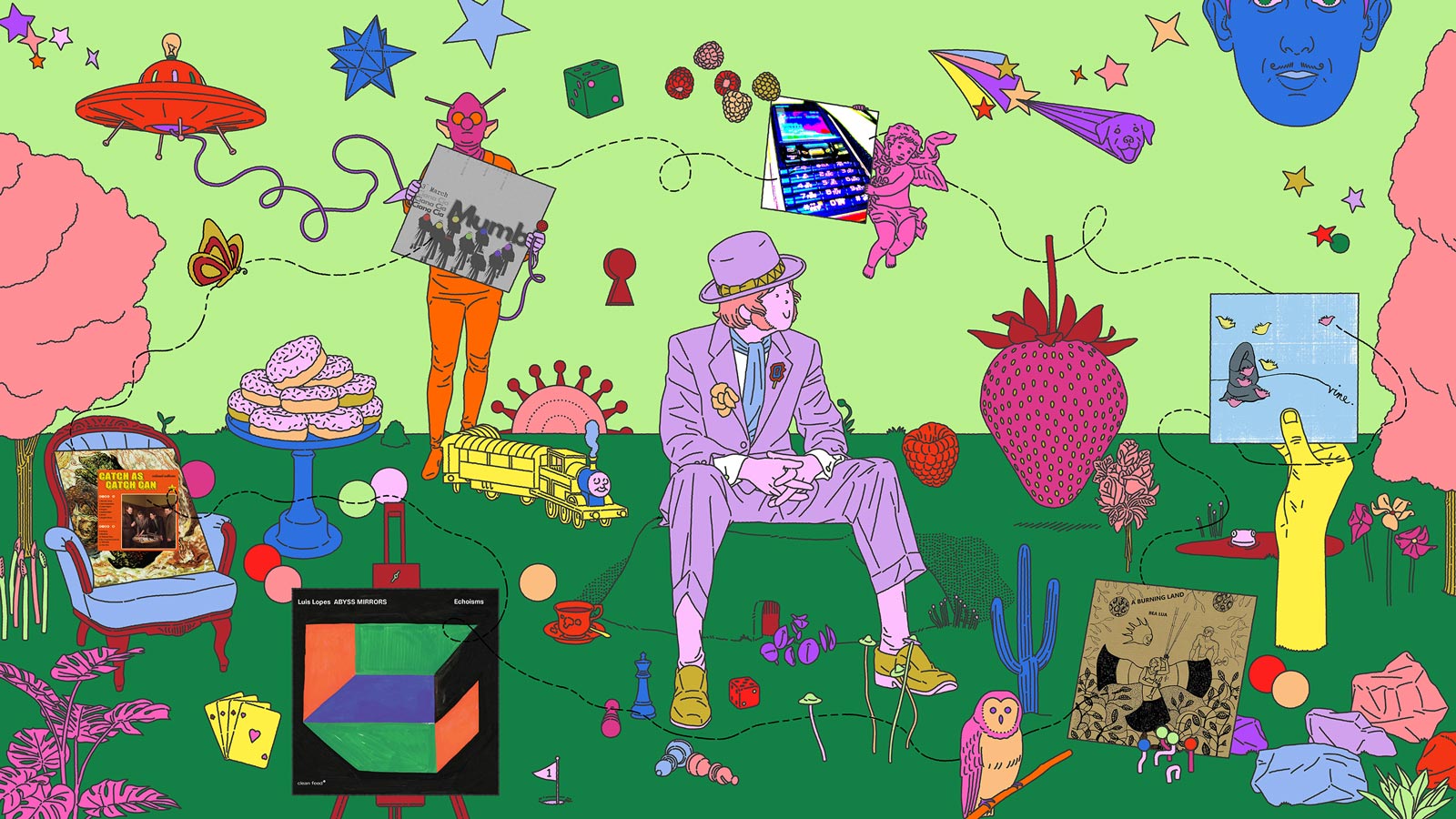
We are living in a golden age of reissues. It makes sense when you think about it, since there’s lots to dig into—a treasure trove of music that’s worth wider attention but for whatever reason may not have received it the first time around. This is especially true of punk and DIY releases from the good old days of the 1990s. Those of us who were around for that scene are getting to the age where, like all aging populations, we just want to sit on the couch and listen to oldies (okay, maybe I’m only speaking for myself here…) and there are plenty of labels ready to help us achieve that goal. We’re starting our journey this time with a reissue from the Detroit-area post punk/DIY scene.
Vine
Forever


Vinyl LP

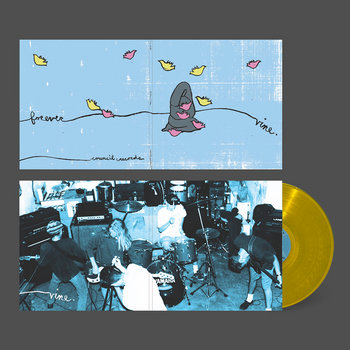
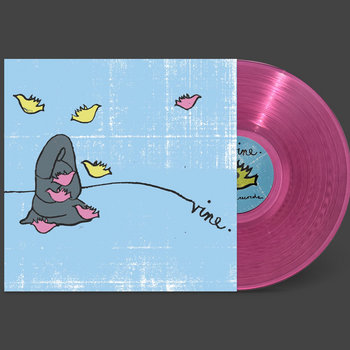

Here, in one convenient package, is everything recorded by Detroit post-hardcore band Vine, a group that was one nexus among many connecting the bands in that scene in the ‘90s. Two members of Vine, guitarist Charles Wood and vocalist Ryan Gage, would go on to form Broken Hearts Are Blue; the evolution towards that band’s sound plays out over the course of this compilation. These tracks were all, according to the album notes, recorded in 1992. The musical style here is definitely the “emotional hardcore” sound of the time; the Rites of Spring influence is strongly felt. Within these tracks, though, is an exploration of various moods, from the somber, plaintive “Without Feeling Ugly,” that makes the most of the loud-quiet-loud dynamic, to the precise syncopation of “Jack Red Cloud” that presages the swagger of early Rye Coalition a couple of years later. Whether or not you knew about Vine in ‘92 doesn’t matter; what does is whether or not the music they made still packs an impact three decades later. This collection is proof that it does.
Our first geographical tag of this trip finds us in #Kalamazoo, Michigan. Get out your phones. You’re gonna need ‘em for our next couple of stops…
Majority Haircut
Songs from Michigan Cellphones, Vol. 2


The gimmick here is that all of these songs were recorded on phones—as the album’s notes say, the phone is essentially “a four track that can basically fold space and tell ya where to get good Indonesian food.” The ability to almost instantly musically collaborate with someone just about anywhere else on the planet is a pretty revolutionary development. Majority Haircut has used this basic tool to craft a wide ranging collection of songs that explore the contrast between the simple and the complex. Take, for example, “Millie Told Me To Write This One.” It slowly builds from a simple beginning to a monstrous wall of sound by the track’s end. “Honey Dream” is a recitation of the memory of a dream over slight, skeletal music, fleeting not only in its subject matter but also its sound. “Woodrats” is built around a lurching, marching tempo that seems straightforward on the surface but gets a little ominous around the edges as the song progresses. Overall, Songs from Michigan Cellphones Vol. 2 is an interestingly layered record that rises above the relative novelty of the way it was created.
Majority Haircut’s record was recorded on a #cellphone (or maybe more than one, but the tag they used is singular, so that’s where we’re staying). We’re using this tag to jump from music recorded on phones to music recorded for phones.
Frédéric Lardon
Cellphone
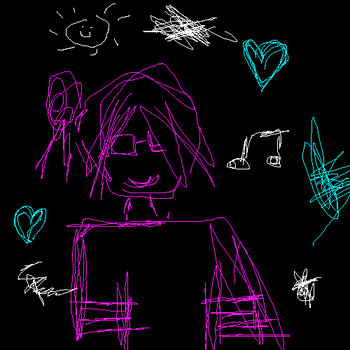

Before we can talk about this release we need to deal with a couple of very important questions. First: Does anyone use ringtones anymore? Second: Are ringtones music? I can’t answer the first one. Like most people I know, I have my phone set to absolute silence 100% of the time. I would be shocked if it made a noise of any kind that was not the direct result of me asking it to do so. The second one is a little trickier. Of course the answer is “yes,” but in light of the fact that many of us do keep our phones on silent/vibrate, a third question is raised about how Lardon intended these works to be heard. If they truly are to be used as ringtones then I can’t really evaluate them as such, but as bite-sized electronic compositions, they’re great. From the “makhnovtchina 3310,” which sounds like it could score a lost level of Tetris, to the goofy “a dog on a karting” to the raging “metal de schlag” to the bubbly “dance dance fragile,” these tracks are fun little nuggets of electronic happiness. They’re light and really a joy to listen to. I definitely wouldn’t want to hear them any time a text came through, but as musical candy they really satisfy.
Lardon, I assume, used the #free music tag to denote that his album is free to use for its intended purpose. But there are other meanings of “free.” We’re moving on now to a work that uses the same tag to announce its lack of linear structure.
Luis Lopes
Abyss Mirrors – Echoisms

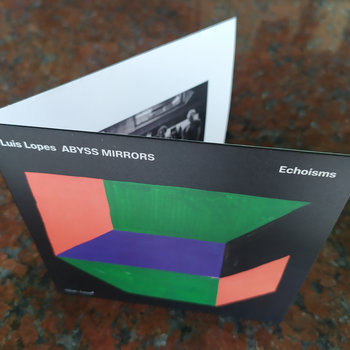
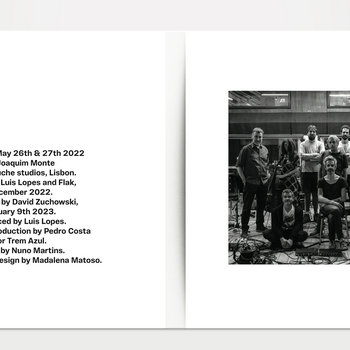
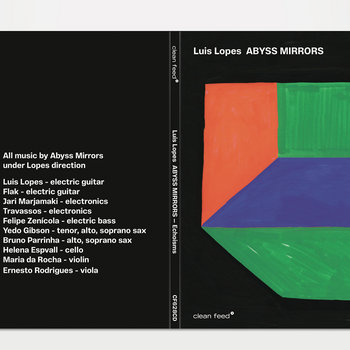


Compact Disc (CD)




Luis Lopes and the group of musicians he’s assembled here present an improvised composition divided into seven parts—as a whole, it’s dissonant, lurching, and atonal, but full of atmosphere. Ranging in mood from the jittery, bouncing saxophones and wah-wah pedal electric guitar that dominate part IV to the slow, almost ominous bowed and plucked strings of part III that engage that same saxophone in a far more subdued conversation, Echoisms is challenging, yes, but infinitely captivating and engaging. The experimentation here spirals off in several playful ways, each musician working with the others in the group to create new and invigorating sounds. The sound of each piece, and in turn, the album as a whole, evolve in unexpected ways and even on the second or third listen, bring surprises and fresh musical perspectives. It’s non-linear and it serves to expand the listener’s horizons with regard to the possibilities of instruments, ensembles, and even the concept of “music” itself.
We’re going to stay in #Lisbon, Portugal for a while, moving from experimental improvisation to quieter material.
Bea Lua
A burning land


There are no musicians credited here, so it’s difficult to tell if Bea Lua is the name of the musician or the name of the band (or both), so I don’t know to whom the voice on this album should be attributed—but it’s a beautiful voice. It puts the listener at ease right from the start. On “Seal,” with warmth and candor, Bea Lua imagines the narrator being the titular animal, living alone on an island of ice “go[ing] about my seal business.” Although that lovely voice takes center stage on all these tracks, the musicianship is far from basic accompaniment. Tasteful synth swells (“Free”), elegant piano (“Between”), subdued but powerful drumming (the title track), finger-plucked guitar (“Fadu”), and even some woodwinds (the final moments of “Lua”) work together to support the vocals and add texture to the album. The result is a gently engrossing work that feels new and fresh with each repeated listen.
We’re back in the midst of our old friend the #folk tag. As you might expect, we’re using it as a road toward something that definitely has a strong folk influence, but isn’t exactly what you might expect from folk music.
Muthoni Ni Mimi
Ciana Cia Mumbi ((Of ghosts once ancestral beings))


Beginning with muted, distant sounds sounding as if they are heard while underwater, Ciana Cia Mumbi soon brings us to the surface, emerging into the night where the clanging percussion and nocturnal animal sounds of “Kiambirira” are heard clearly. We stay there, in Muthoni Ni Mimi’s sonic night, for a moment until the drone of “Githaka Githaka” pushes us down again into a ghostly state of being where layered samples of singing and laughter combine with the sound of disorienting distant chimes to disorient us, unmooring us in time and space. This is just the beginning of a journey that combines aspects of traditional East African spiritualism with dense, multifaceted ambient music, spoken word, and sampled field recordings. Ghosts and water are recurring themes here (for reasons more fully explained in the album’s notes) and those themes are perfectly represented sonically. It’s common to take a sample of running water and work it into an ambient track, but here those sounds, along with other sounds of nature, are utilized in fresh ways in service of a thematic narrative. Like the water to which the album repeatedly returns, this is a flowing amorphous work, an experience that stays with the listener even after the closer “Guciarwo Ringi” has come to an end.
The #ambient tag allows us to move from folk-influenced electronic music to an established artist making fantasy-inspired soundtracks.
Rog
Verdant


Rog’s entire discography is proof of the limitations of the broad “dungeon synth” genre. Sure, the project absolutely fits that description, but there’s a world of difference between some of the rawer dwellers in those caverns and Rog’s elaborate, often delicate, carefully constructed fantasy soundscapes. Previous Rog works—2019’s masterful Avalon for example—show their deftness at combining ambient elements with strings and percussion. On Verdant, those ambient elements, though still present, are less upfront. Instead, Rog leans heavily into the strings, woodwinds, and percussion, creating the soundtrack to a fantasy castle adventure; some of these tracks are absolutely cinematic in their atmosphere. Take “Spearwall”; the track’s thundering percussion precedes bombastic brass voices that convey a mix of determination and anxiety. You can almost see the armored warriors facing off over a smoldering battlefield as it plays. Verdant is further proof that Rog should be at the forefront of any conversation about contemporary medieval/fantasy/dungeon synth artists. It’s a fantastic achievement.
Based in #Croatia, Rog’s use of this location tag allows us to move from dungeon synth to heavy metal, which isn’t really a surprising jump for anyone paying attention—but it’s not black metal we’re moving to. It’s good old-fashioned, ‘90s-style death metal.
Superstition
Excruciating Methodology
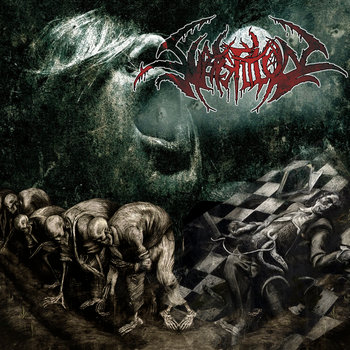

Everything about this is a loving (if you can use that word with subject matter so brutal) tribute to “the old ways” of late ‘80s/early ‘90s death metal. Superstition gets it right. Excruciating Methodology is a perfect blend of the “Florida” and “Sweden” styles of headbanging death metal that were leading the charge during the glory days. What makes this release stand out in a sea of old-school death metal worship is the raw edge that’s left in. It’s not a lo-fi recording by any stretch, but rather than polishing everything to a gleaming sheen, Superstition leave some grit in there for texture. The vocals, for example, sometimes threaten to overpower the recording, blowing out around the edges, making them sound even more frantic. Musically, it’s clear that Superstition is playing as fast as they possibly can, my main requirement for any band that runs their electric guitars through a distortion pedal. The real thrills are on the border between structure and collapse. Listen to the opening tumult of “Ceremonial Insanity” and it’s clear Superstition know how to ride that wave.
The #death metal is so obvious here that it’d be sort of infuriating if it wasn’t present. We’re staying firmly in the “yelling music” neighborhood for our next stop, but it’s a different style of yelling.
Fury Department
Truckbeast Attitude
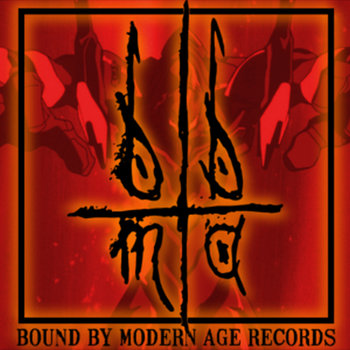

There are a few things I could tell you about the newest release from Italian hardcore outfit Fury Department. This release combines three crushing new riff assaults with their 2021 Friendship Oldness Commitment EP. Those new songs build on the groundwork that previous release laid, putting more pit-ready two-step parts and huge breakdowns out into the world. The new material continues Fury Department’s practice of featuring guest vocalists on their tracks, bringing members of Erie, Pennsylvania’s XRepresentX and London’s Knuckledust to the party. It all renewed life to the already great older recordings re-released here, not just showing off Fury Department’s improved production styles but also giving more people a chance to hear some great hardcore they may have missed. There’s a thunderous, insanely hard, harmonic squeal-laden breakdown that ends “Hardcore is my Friend,” and that deserves your attention. But perhaps the most important thing about this release is that “Nakatomi’s Blood” features a sample of a passing truck horn blowing by the listener right before the song’s breakdown happens, and that this is one of the greatest mosh-part callouts in hardcore history.
Multiple labels have put out this album; one label is London-based, and another, Bound By Modern Age, is based in #Germany. That’s where we’ll end our travels this time around, with a quick blast of excellent garage-punk.
Catch as Catch Can
Rational Anthems

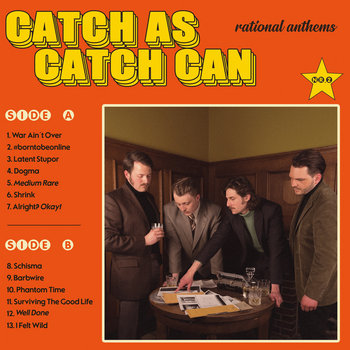


Vinyl LP


The second full length from garage rock combo Catch As Catch Can sinks its teeth in from the first seconds of the opening track “War Ain’t Over” and doesn’t let go until the end. This is due, in large part, to the distinct, sharp, buzzing guitar tone utilized throughout. It’s intense without ever veering off into “piercing” or annoying. Rarely dropping in tempo below what I’d describe as “mid-tempo” (most explicitly on the stomping “Medium Rare,” and then later on the slightly more subdued “Surviving the Good Life”) this album’s 13 tracks fly by in what feels like the blink of an eye. Standouts include the Hi-Fives-esque “Phantom Time” (practically an epic at nearly four and a half minutes in length) and “Latent Stupor,” with a jerky stop-start guitar line that builds toward an absolute barn-burner of a chorus. The whole thing is sharp, catchy, and a heck of a lot of fun.
From ’90s Michigan to modern Germany is quite a journey, and I’m glad you took it with me. I’m going to go listen to that truck horn sample part from that Fury Department record another 12 or 13 times in a row, but I don’t expect you to follow me back there. Sometimes we have to go off and do our own thing, you know? Let’s meet back here soon and do it all over again.







